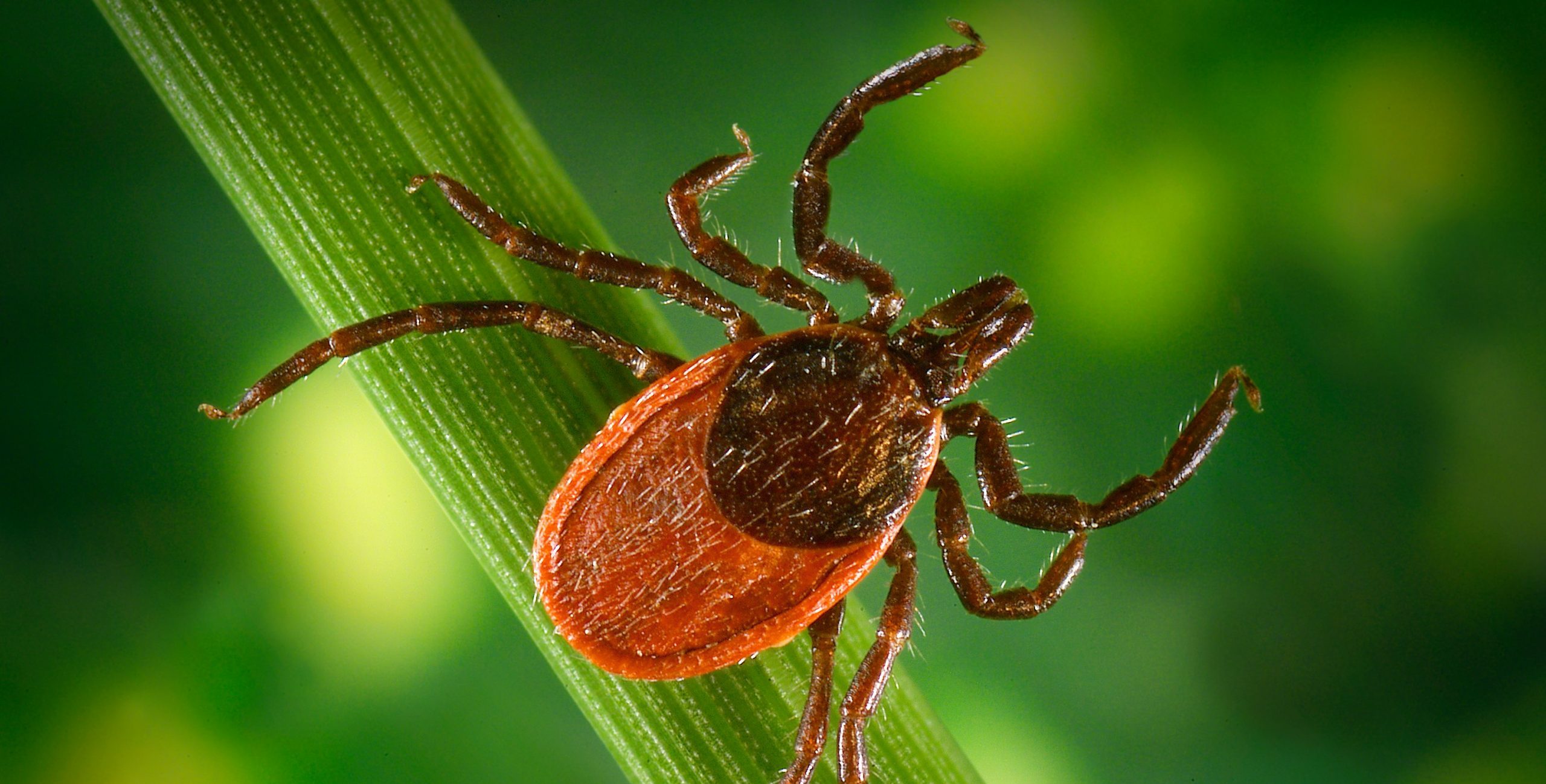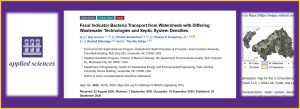Stott RE*, Richards SL, Balanay JG and Martin GL (2016). Prevention of Tick Exposure in Environmental Health Specialists Working in the Piedmont Region of North Carolina. Journal of Environmental Health, 78(10): E1-E7.
Abstract
Environmental Health Specialists (EHS) conduct many occupational activities outdoors that may place them at increased risk for contracting a vector-borne disease. We conducted a risk assessment for tick exposure in EHS by analyzing personal protective measures (PPM) used, job description, and tick exposure. This pilot study focuses on eight counties in the central piedmont region of North Carolina and follows 29 EHS during May-August 2014. A survey was administered to participants at the beginning of the study and showed that participants used PPM [e.g. N,N-diethyl-meta-toluamide (DEET) applied to skin, DEET-treated or untreated gaiters, permethrin-treated clothing, lemon eucalyptus, permethrin, and socks pulled over jeans] while working outdoors in environments conducive to tick exposure. Participants reported wearing PPM only 16% (610/3927 hours) of their time spent working outdoors. More than 28% of respondents self-reported having previously experienced a tick-borne disease (primarily Rocky Mountain spotted fever) and one participant reported receiving treatment for a tick-borne disease during the course of the study. Participants were exposed to two tick species (Amblyomma americanum Linnaeus; Dermacentor variabilis Say) and 279 ticks were submitted to researchers during the study. Although 70% of respondents reported being knowledgeable about tick-borne disease, low PPM usage indicates either EHS do not believe the threat is significant, or they believe PPM available to them are ineffective.
* R. Edwin Stott is a 2014 graduate of our MS Environmental Health Program.
Photo Source: CDC



